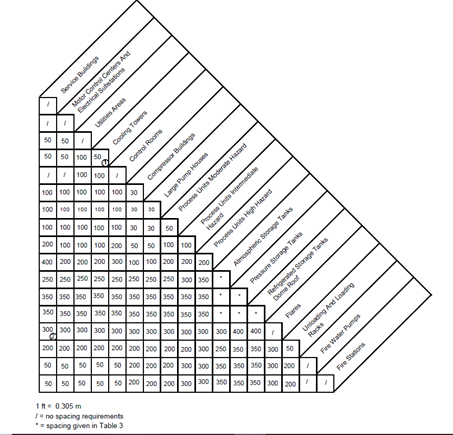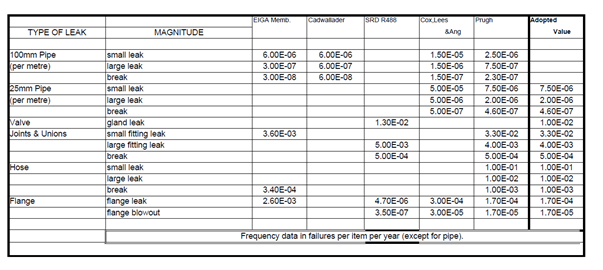In the context of new projects, the question of the installation of new equipment and units always arises.
One of the first questions to be asked during a new project, whether it be new industrial facilities, modifications or extensions of existing industrial installations, is the installation of the new units and equipment in the allocated space.
When the site has available space, this question may seem quite simple to resolve. But when the financial aspect comes into play, the issue becomes more complex. The distancing of units or equipment involves an increase in the length of cables, metal structures, groundwork and connecting pathways, etc., which can cause costs to rise very quickly and potentially jeopardize the viability of the project.
In the case where the site has very limited space, the issue becomes very quickly complex, and not necessarily from a financial point of view, but especially with regard to safety. The project may not proceed due to the presence of a very sensitive environment around the site, with the existence of protected areas, residential or even industrial areas. Due to the safety distances to be respected between new units and/or existing units, the question may also arise in terms of the purchase of new plots of land.
Thus, whatever the reasons for reducing the footprint of an extension or a new facility, it is necessary to take some precautions to ensure the proper installation of new equipment and industrial units.
It is therefore necessary to:
Even before considering safety distances between different units or between a unit and a sensitive environment (residential, protected or industrial area), rules of good practice should be applied to the installation of equipment or industrial units.
Namely:
A savoir :
Locate ignition sources and fuel sources, taking into account the direction of prevailing winds, to minimize the risk of ignition in the event of a fuel leakage.
Properly arrange the units whose equipment generates hazardous areas and those whose equipment does not generate hazardous areas.
Install new equipment preferably in an open environment with natural ventilation, to minimize the risk of explosion.
In addition to the above, other complementary measures may be considered, although not associated with installation rules, but which improve the safety of the facilities, such as:
Provide a depressurization system connected to a flare network.
Provide a good drainage system to keep a sensitive or dangerous unit away from hazard.
etc.
Although the general rules of good practice for the installation of industrial equipment and units have been applied, they do not ensure that the distances between the units or equipment and the areas neighboring the site are sufficient.
Indeed, moving a building away from a hazardous area does not guarantee that the distances are sufficient.
There are 2 main methods to define safety distances, namely:
The first method to consider is the qualitative method because it is very simple and fast. Indeed, depending on the type of unit or equipment, it is possible to determine the minimum distance required between each unit. There are many supports from internal standards of large groups, but also guides from insurers for example.
Most often the information is listed as a matrix as the example shown below:

Although this method is the simplest and fastest, it nevertheless has the disadvantage that the distances given are often very restrictive. It can, however, make it possible to define a preliminary layout.
For an optimized layout, it is more appropriate to go with the second method.
The quantitative method has the advantage of giving more precise and more suitable distances to the units and equipment of the project. On the other hand, it is more complex to implement and requires more time since it is based on simulations of accidental events using 2D modeling software.
In order to apply this method, it is essential to define all the criteria to be taken into account to establish the simulations. The most important criterion is the scenarios to be considered. This exercise, which can be subject to a lot of discussions, must be carried out rigorously on tangible data. Thus, it is not realistic to consider pipe breaks to estimate safety distances.
Therefore, the scenarios will preferably be determined initially on the basis of expert judgment (jet fire, pool fire, dispersion of a flammable and/or toxic gas cloud, etc.) but also on statistics of accidents/incidents or failure. For example, depending on the diameter of a pipe, it is possible to identify the most likely leak size that could occur. There are many databases for defining leak frequencies. Below are examples of leak frequencies according to different references:

It should be noted that in the context of studies on flares or on vents/safety valves to the atmosphere, the scenarios will not be based on the size of the leak, but rather on flow rates and operating conditions.
In order to determine the safety distances, the target values for each type of scenario should also be considered. These correspond to a certain threshold of domino effect (e.g. thermal radiation threshold of a jet fire, threshold concentration of flammable gas dispersion).
Once all the scenarios have been identified, the simulations stage can be launched in order to determine all the safety distances to be taken into account for the project.
These safety distances will thus facilitate the installation of industrial equipment and units. This type of study provides a solid basis for justifying to the authorities that your new installation has been designed with strict safety distances in mind.
The installation of new equipment or industrial units can create various constraints as explained in this article.
Thanks to its many experiences, SAFENGY can help you find the best installation for your new equipment or industrial units, taking into account all the constraints (technical, environmental, financial, etc.).
Thus, SAFENGY can support you on your projects by providing the following services:
Complete your team with Safengy engineers
Outsourcing your studies with a lump sum
We intervene according to the way which better matches, lump sum and/or in technical assistance, full or partial time.
